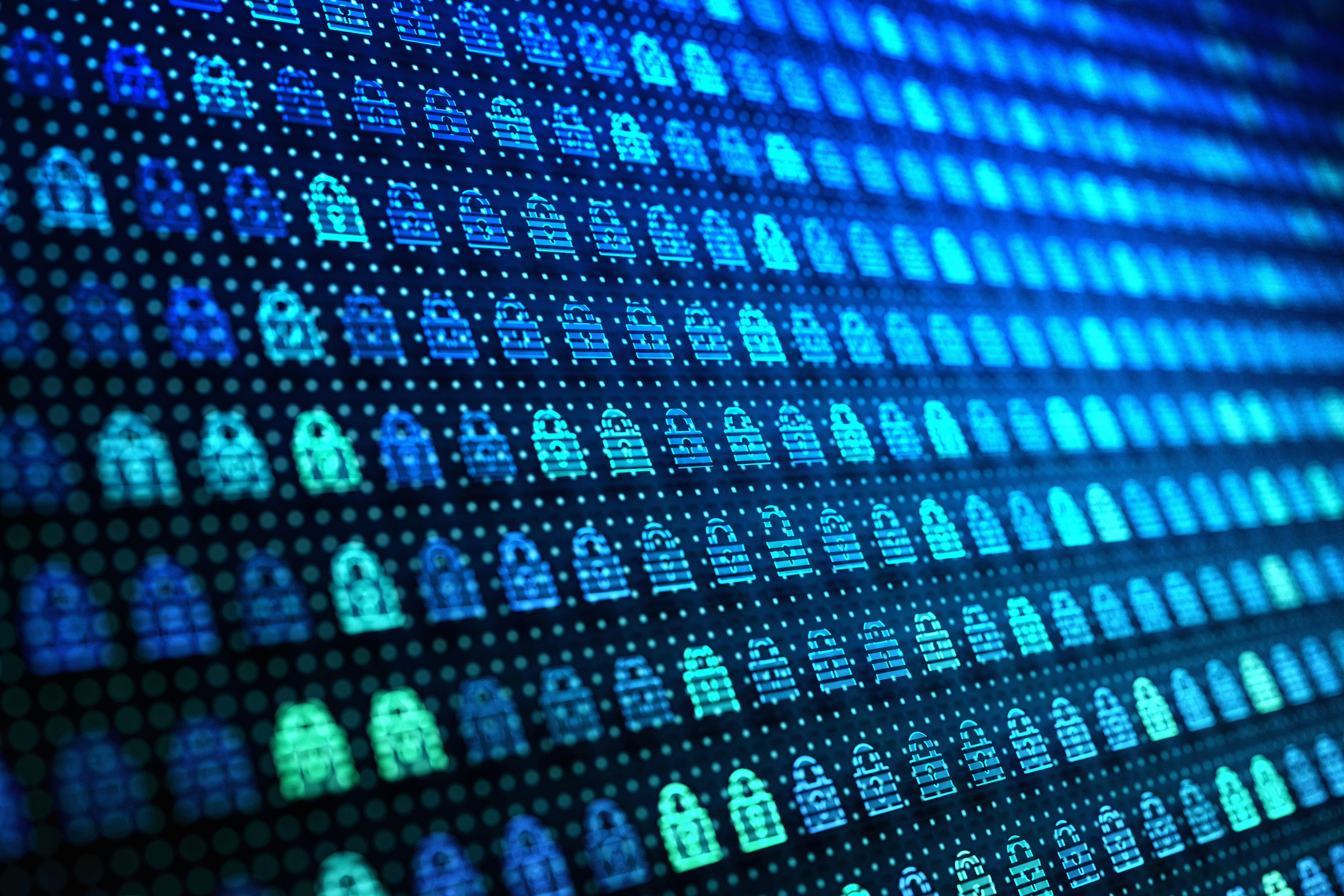Data Leakage

Data leakage refers to the accidental, and in some cases intentional, disclosure of sensitive information from an organization’s internal systems or networks. Data leakage may occur via human error, security vulnerabilities, or intentional actions by disgruntled employees or other authorized individuals.
Data leakage can result in severe consequences, such as financial loss, reputational damage, legal implications, or exploitation by cybercriminals.
Data leakage can occur through various means, including:
- Human error: Accidental actions by employees, such as sending sensitive information to the wrong recipient, misplacing physical documents, or falling victim to phishing or spear-phishing scams.
- Malicious insiders: Disgruntled employees or individuals with authorized access to sensitive data may intentionally leak it for personal gain or revenge.
- Unpatched exposures: Unpatched software, systems, or hardware can result in the accidental exposure of sensitive information.
- Open-source software vulnerabilities: Security flaws in open-source software can also result in data leakage.
- Inadequate security policies: Poor or weak security policies increase the chances of data leakage. This not only refers to an organization’s internal protocols, but those of its vendors.
To protect yourself and your organization against data leakage, consider the following measures:
- Invest in security awareness training: Educate employees about data security best practices, such as handling sensitive information, recognizing phishing emails, and following proper data handling procedures. Regular training and awareness programs can help reduce the risk of human error leading to data leakage.
- Adopt an integrated email security solution: Phishing emails can trick unsuspecting users into divulging sensitive information that can be used for more nefarious purposes. Integrated email security solutions can prevent users from receiving phishing messages or visiting phishing pages where they can disclose sensitive information.
- Implement strong access controls: Restrict access to sensitive data only to authorized individuals. Establish and enforce password policies, enable multi-factor authentication (MFA), and institute role-based access controls to ensure that only those who need access can obtain it.
- Encrypt sensitive data: Encrypting data both at rest and in transit adds an extra layer of protection. Even if data is disclosed, encryption makes it difficult for unauthorized individuals to decipher and use the information.
- Regularly update and patch software: Keep your operating systems, applications, and security software up to date with the latest patches and updates. This helps to address known vulnerabilities that attackers may exploit.
Data leakage vs. data breach
While often used synonymously, data leakage and data breach are not the same. A data breach happens through the intentional exposure of sensitive information, most often by hackers after a successful cyberattack.
Organizations can identify data breaches, including when and what data has been compromised. On the other hand, data leakage typically occurs from the unintentional efforts of internal stakeholders.
And unlike a data breach, organizations often can’t determine how long the sensitive information has been exposed.


Data leakage vs. data loss
Data leakage and data loss are also used interchangeably but don’t share the same meaning. Data loss refers to the permanent removal of sensitive information from an organization’s control.
It can occur intentionally or unintentionally, and through the efforts of external actors or internal parties. Data loss can also occur due to technological errors or malfunctions.
In the event of data leakage, organizations often possess the exposed information or can retrieve it.
Vade helps prevent data leakage through our suite of cybersecurity solutions. Our integrated email security suite protects users against phishing emails that may cause them to divulge sensitive information.
Vade Remote Browser Isolation (RBI) extends this protection from mailbox to browser, stopping users from entering data or uploading sensitive documents on potentially malicious websites.
Vade also offers Vade Threat Coach™, phishing awareness training that is automated and personalized. Vade Threat Coach™ teaches users how to spot and handle potential threats that can cause human error.

